Why Alcohol-Free Beer Is So Much Better Now
I didn’t really have a lightbulb moment. It was 2016 and I was in the pub. I had a law firm in the City – we were in insurance, which had a particularly boozy networking culture. But I had a new baby and didn’t want to drink. I stood there looking for something. There were taps and pumps full of Meantime and Sierra Nevada, but the only alcohol-free option was a bottle of bad lager from the back of the fridge. I love beer. Specifically, I like craft beer – darker stuff and pale ales – so I saw this as a bit of a challenge. How hard could it be to make something alcohol free that also tasted good?
Sometimes it’s best to solve your own problems. I had come to the conclusion there was no such thing as an alcohol-free stout and decided to brew my own. I had no idea how I was going to do that, but I got lucky and met a brewer, Johnny Clayton. We launched at the end of 2016. It wasn’t until the next year we realised we were onto something, when a guy from Sweden phoned up and asked us to send some pallets. We’d only been selling about 600 pints a month and suddenly foreign businesses wanted containers full of the stuff. That’s when we realised there was a big opportunity.
Tesco was the first supermarket to get involved. Then there were others around the world. And that’s something I was surprised by: I thought it would be the pubs that would lead the way. We could walk in, do a taste test and open a few eyes. Actually, the pubs are only just starting to take notice – Mitchells & Butlers has agreed to stock Big Drop in 700 or so of its sites, once its coronavirus slumber has passed.
I don’t pretend to be a trend-spotter. Our good timing was more by luck than judgement. The more we spoke to people about why we thought there was nothing wrong with enjoying a decent alcohol-free beer, the more people seemed to agree with us. Now everyone knows about the opportunity; venture capitalists and big brewers are investing heavily.
What’s happening to alcohol-free beer is just what happened to beer a few years ago. In the 80s, Americans came to the UK and were blown away by the old-style cask ales we were still drinking. They took them home and changed up the watery lagers they used to drink for the likes of Anchor Steam and Sierra Nevada. That’s when Brits went over to the US, were amazed by the new-style craft beers they now had and started introducing them here. The same sort of craft revolution is now making alcohol-free beer so much better. At Big Drop, we’ve got our original milk stout, but we’ve also got a pale ale, a citra IPA, a craft lager, a sour, a porter and a couple of other ales in our core line – and we’re doing regular collaborations with other (full-strength) brewers.
Our method has always been simple. Ultimately, our beer has to taste good. You’ll find companies now talking about the technology and processes they use to extract the alcohol and the hundreds of recipes they’ve tried in order to get their alcohol-free beer right. We just brew to strength (0.5%). There’s no extraction process and I think it took us 12 recipes to get our first stout right.
It’s complicated but 0.5% beer is ‘alcohol free’. In the UK, some food labelling regulations ran out in 2018 and – possibly because of Brexit – no one’s bothered to update them. Now we just have guidelines about what’s alcohol free and what isn’t; nothing’s binding. It’s different on the continent. There, 0.5% is officially alcohol free. They’ve done scientific studies and found it’s practically impossible to get drunk on 0.5% beer – your body processes the alcohol faster than you can drink it. I believe you can also find YouTube videos of competitive eaters and drinkers putting this to the test and reaching the same conclusion – though that is, of course, strictly unscientific.
Dry January is a chance for people to try Big Drop. We used to do more promotional stuff around it, but actually we’re not here to wean people off full-strength beer completely. The real stuff certainly still has a place in my life – I’ve got a dark 6% ale lined up for Friday evening.
Reports say that lockdown has led to a spike in alcohol-free beer sales. I can believe it. In the first few days and weeks at home, it was all too easy to crack a beer in the afternoon sunshine, then move onto the wine in the evening. But that’s not really sustainable every day for the longer term. During those weekday afternoons now, when I’ve had enough coffee, drunk water at lunchtime and don’t want another tea, I’m on the Big Drop.
2020 was supposed to be the year of draft alcohol-free beer. Until now, alcohol-free beer has mostly been found down behind the bar in fridges. The place you really want to be is upfront, in the taps on top of the bar. Coronavirus has put this on hold. We’ve been lucky ourselves in that we’ve got those other sales channels like the supermarkets, and have also been able to pivot quickly to online sales. But the plan is still very much for people to be able to easily get a pint of Big Drop in the pub, instead of just a bottle.
Eventually, I hope we can drop the ‘alcohol-free’ tag altogether. Big Drop will be just another beer that you can order in the pub – and none of your mates will bat an eyelid. We’re getting closer.
Check out SLMan’s pick of the best alcohol-free beers right now…
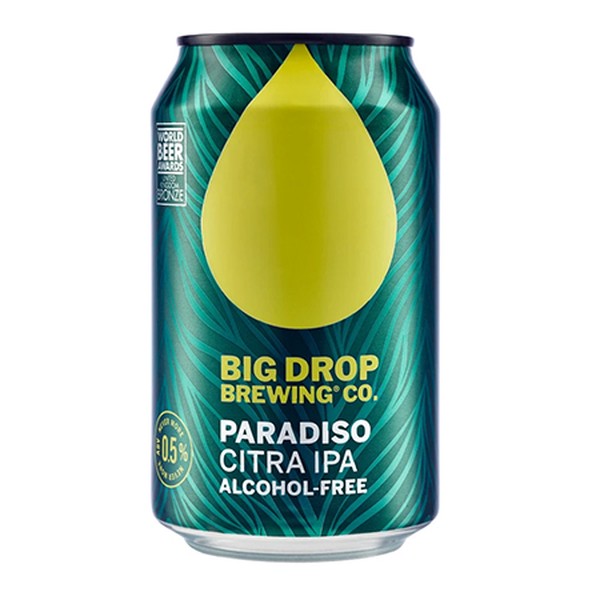
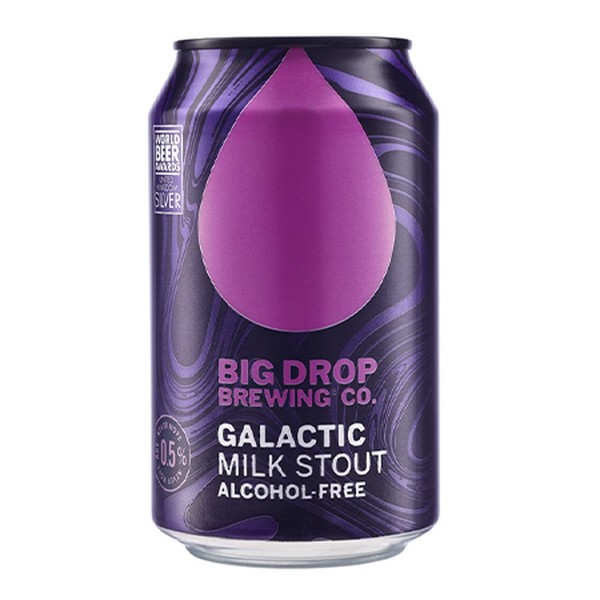
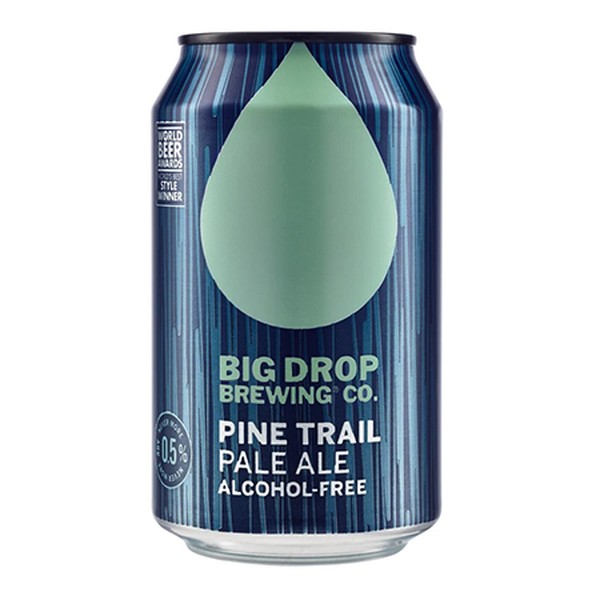
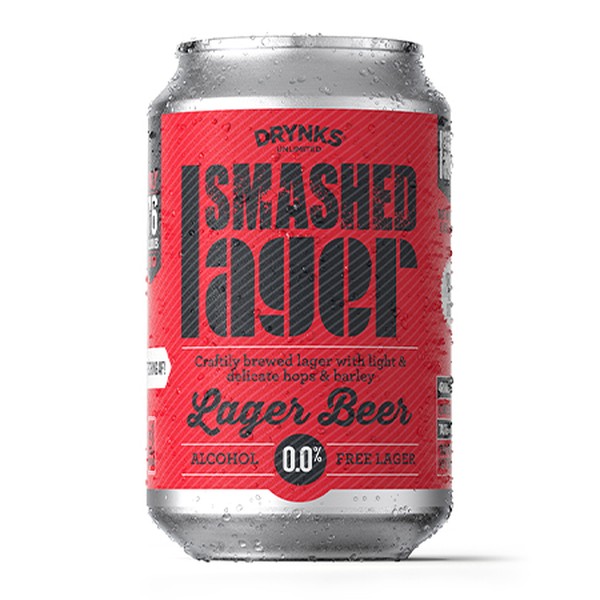
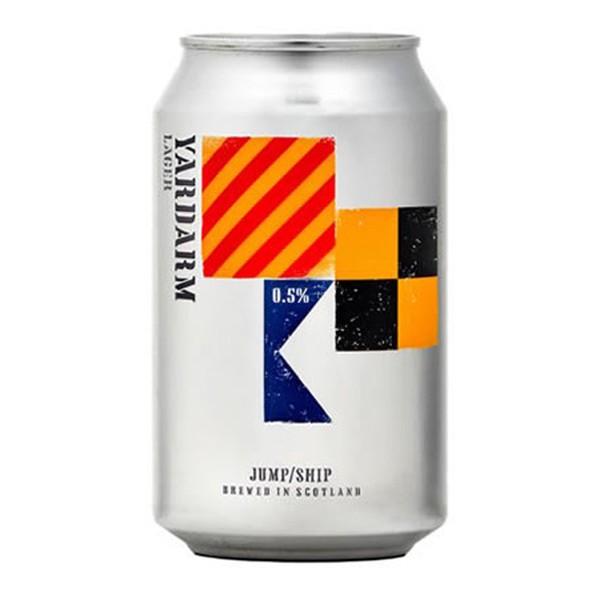
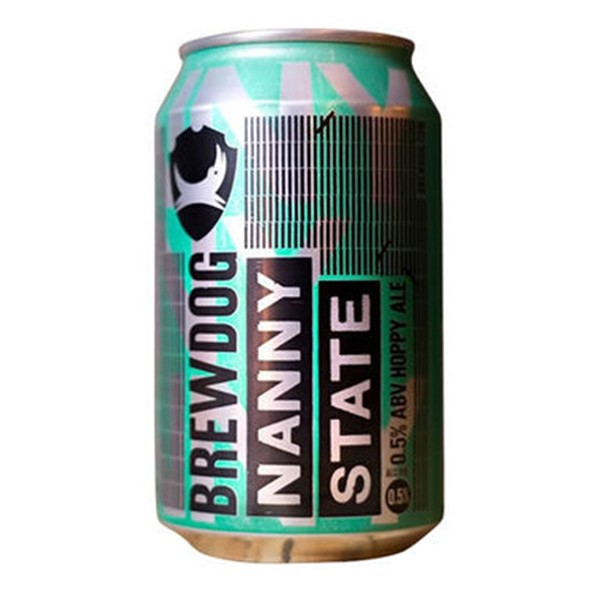
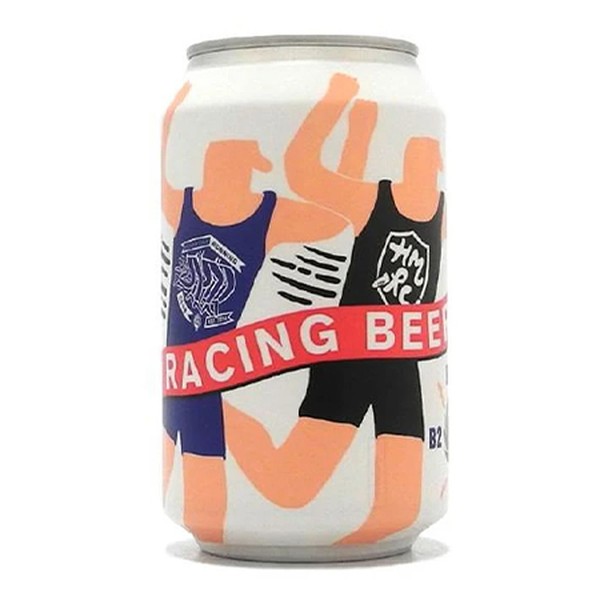
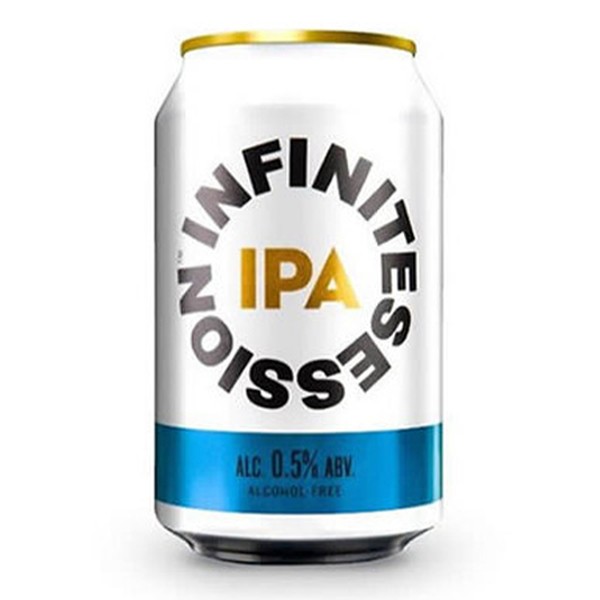
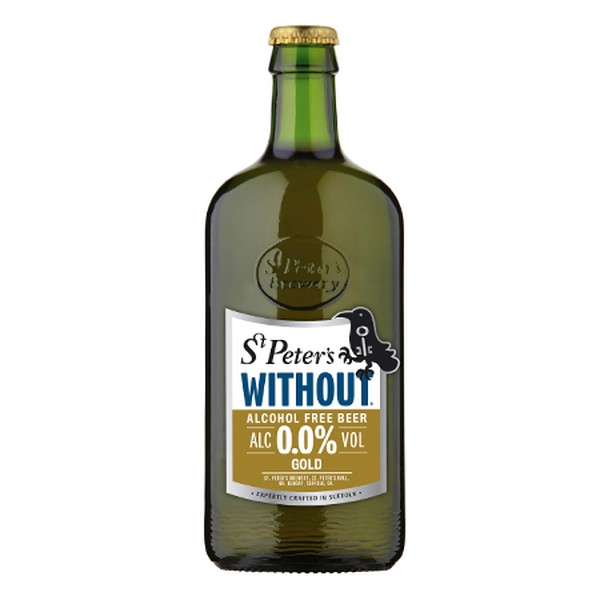
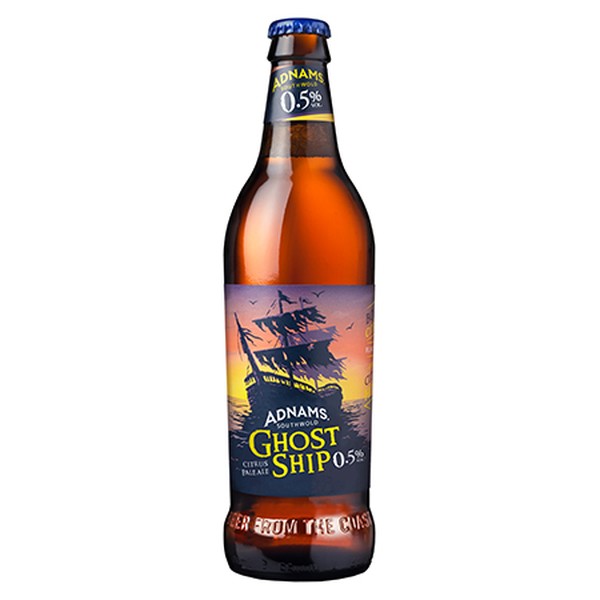
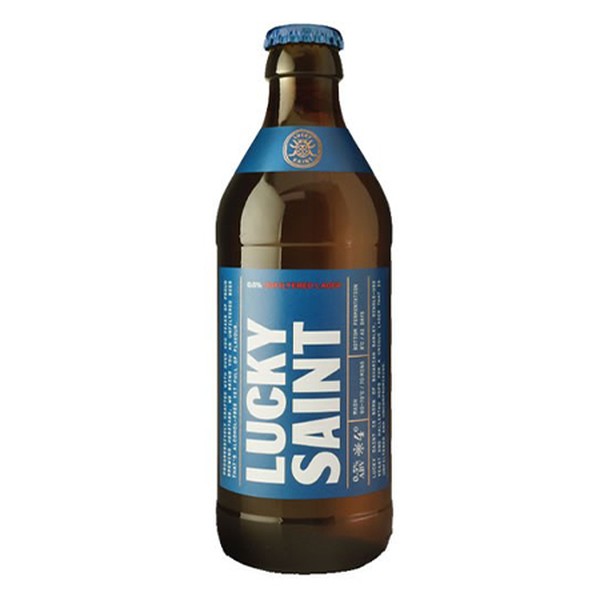
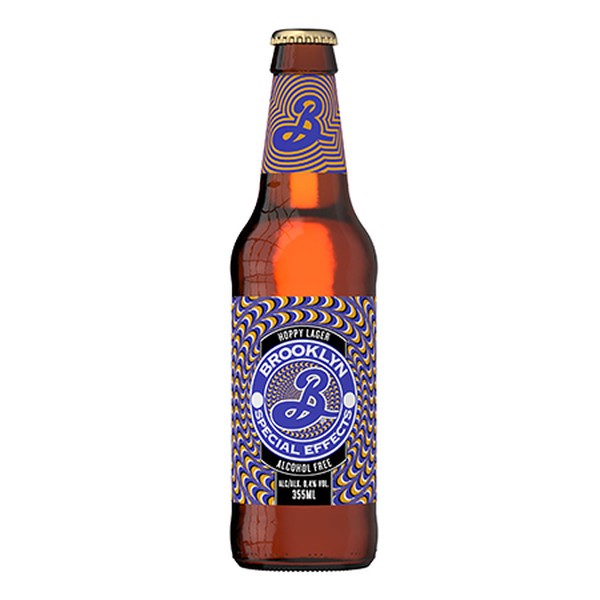
DISCLAIMER: We endeavour to always credit the correct original source of every image we use. If you think a credit may be incorrect, please contact us at [email protected].


